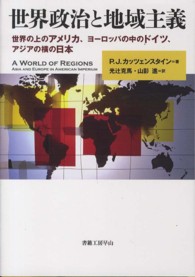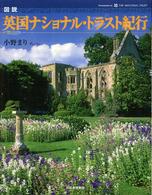Full Description
Waro Kishi first caught the attention of the architectural world with his house in Nipponbashi, en elegant townhouse in an Osaka district full of stores marketing electric and electronic goods. Like a slender volume of poetry in a shelf otherwise crowded with how-to books, it is a work of remarkable lightness and transparency, four storeys high, 13 m deep, but only 2.5 m wide. The award-winning house, which has a steel-frame structure, is economically constructed of readily available materials such as cement boards, yet it is put together with enormous care. The austerity makes the high-ceilinged dining room, a dramatic eerie on the top floor, seem that much more luxurious. Kishi was educated at Kyoto University and opened his own office in Kyoto in 1981. Many of his buildings are located in the Kansai region, which, besides Kyoto, includes Osaka, Kobe and Nara. Kansai offers a working environment for architects that is very different from the one in Tokyo, where almost anything is permitted. It has an older history and, arguably, a more complex urban fabric that requires the observation of certain rules. A narrow frontage such as the one in Nipponbashi is commonplace in heavily built-up districts. The discipline that is demanded of someone working under such difficult conditions has helped to nurture Kishi's work. Born in 1950, Kishi belongs to the generation of Japanese architects that emerged after Tadao Ando. Although he has acknowledged the influence of the Oska architect, Kishi has a very different sensibility. His buildings are more delicate and subtle, and his designs are less driven by form. A self-described contrarian, who preferred the works of architects such as Marcel Breuer and Richard Neutra when many others were embracing Post-Modernism, he refuses in today's changed climate to be labelled a Modernist or Miesian.








